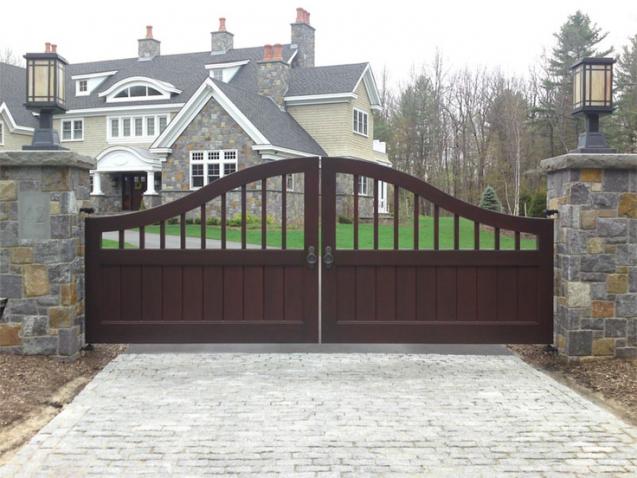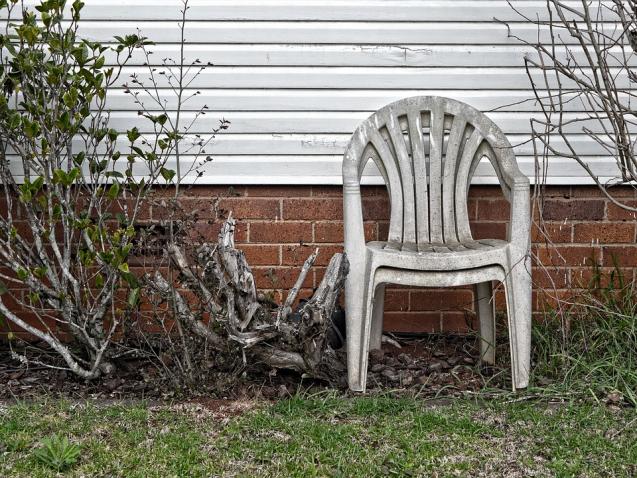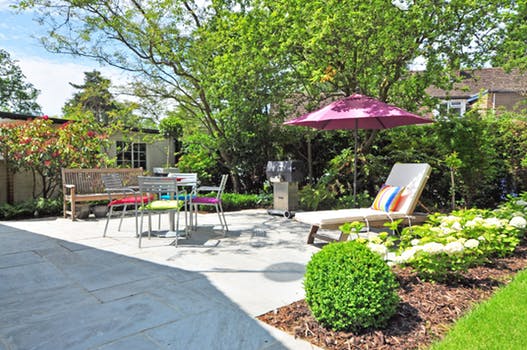
What You Need To Consider When Planning a Driveway
By Simply Driveways|June 21, 2018
Planning your dream home? Or perhaps just thinking of renovating or remodelling your worn out old driveway? Either way, as the first impression of your home and an essential part of the exterior, it’s important to get the driveway right.
It’ll need to look good to impress visitors, be functional to make parking a breeze, and be accessible to ensure optimal safety.
With that in mind, take the following six factors into account when planning the ideal driveway for your home.
1. The layout
Those designing their home from the ground up have the luxury of being able to decide on the optimal layout. Homeowners doing a driveway renovation, on the other hand, are often confined to the layout already in place.
Consider the following three options:
Horseshoe: These driveways are ideal in terms of safety and functionality as they allow the driver to easily enter and exit their property without the need to reverse, which is particularly useful on busy streets. The downside to horseshoes is they are typically only suitable on larger properties.
Straight: These are the most common driveway types for smaller homes as they provide a direct connection from the street to the carport or garage.
Curved: A gentle curve can be designed into a driveway to avoid obstacles and provide access when the carport or garage doesn’t align directly with the entrance. These add character but can compromise safety and functionality depending on the degree of curvature.
2. The gradient
The last thing you want is for your driveway to flood or become super slippery every time it rains. The existing contour of the land will obviously affect the gradient, although it is possible to lay foundations to minimize such issues.
As a general rule, aim for somewhere between 2% and 14%. Each local council has their own regulations, so be sure to consult them as well as a qualified driveway engineer to determine the ideal gradient.
3. The width
Likewise, councils also dictate the minimum driveway width for houses within their jurisdiction. On average, three meters for a single carport and six meters for a double garage is required. Again, get in touch with your local council and driveway specialist.
4. The Material
Choosing the right material is essential both in terms of functionality and aesthetics.
From a visual perspective, opt for something that complements the front yard and the material of the home itself.
For optimal functionality, it must provide traction, be durable, and be able to withstand oil stains and degradation from everyday use.
Cobblestones, brick, concrete, exposed aggregate and bluestone paving are all popular choices.
5. Maintenance
The cost of maintaining your driveway is another key consideration when selecting a material. Some driveway materials are cheaper upfront but require significant ongoing maintenance costs, making them more expensive in the long-run.
6. Access
To maximize safety and avoid parking headaches, easy access is a key consideration of any driveway design. Busy or narrow streets and obstacles must be taken into account.
To enhance visibility, avoid planting, or remove vegetation that inhibits line of sight. Build a lower fence or reduce the height of the existing fence, and add lighting to darker areas.
Likewise, strategically place your letterbox so as not to impede access.
With 21 years’ experience, Simply Driveways specialises in concrete driveways for the new or renovated home. Contact us today to see how our skilled concreting crew can assist to deliver you a new concrete driveway quickly and professionally.
It’ll need to look good to impress visitors, be functional to make parking a breeze, and be accessible to ensure optimal safety.
With that in mind, take the following six factors into account when planning the ideal driveway for your home.
1. The layout
Those designing their home from the ground up have the luxury of being able to decide on the optimal layout. Homeowners doing a driveway renovation, on the other hand, are often confined to the layout already in place.
Consider the following three options:
Horseshoe: These driveways are ideal in terms of safety and functionality as they allow the driver to easily enter and exit their property without the need to reverse, which is particularly useful on busy streets. The downside to horseshoes is they are typically only suitable on larger properties.
Straight: These are the most common driveway types for smaller homes as they provide a direct connection from the street to the carport or garage.
Curved: A gentle curve can be designed into a driveway to avoid obstacles and provide access when the carport or garage doesn’t align directly with the entrance. These add character but can compromise safety and functionality depending on the degree of curvature.
2. The gradient
The last thing you want is for your driveway to flood or become super slippery every time it rains. The existing contour of the land will obviously affect the gradient, although it is possible to lay foundations to minimize such issues.
As a general rule, aim for somewhere between 2% and 14%. Each local council has their own regulations, so be sure to consult them as well as a qualified driveway engineer to determine the ideal gradient.
3. The width
Likewise, councils also dictate the minimum driveway width for houses within their jurisdiction. On average, three meters for a single carport and six meters for a double garage is required. Again, get in touch with your local council and driveway specialist.
4. The Material
Choosing the right material is essential both in terms of functionality and aesthetics.
From a visual perspective, opt for something that complements the front yard and the material of the home itself.
For optimal functionality, it must provide traction, be durable, and be able to withstand oil stains and degradation from everyday use.
Cobblestones, brick, concrete, exposed aggregate and bluestone paving are all popular choices.
5. Maintenance
The cost of maintaining your driveway is another key consideration when selecting a material. Some driveway materials are cheaper upfront but require significant ongoing maintenance costs, making them more expensive in the long-run.
6. Access
To maximize safety and avoid parking headaches, easy access is a key consideration of any driveway design. Busy or narrow streets and obstacles must be taken into account.
To enhance visibility, avoid planting, or remove vegetation that inhibits line of sight. Build a lower fence or reduce the height of the existing fence, and add lighting to darker areas.
Likewise, strategically place your letterbox so as not to impede access.
With 21 years’ experience, Simply Driveways specialises in concrete driveways for the new or renovated home. Contact us today to see how our skilled concreting crew can assist to deliver you a new concrete driveway quickly and professionally.



